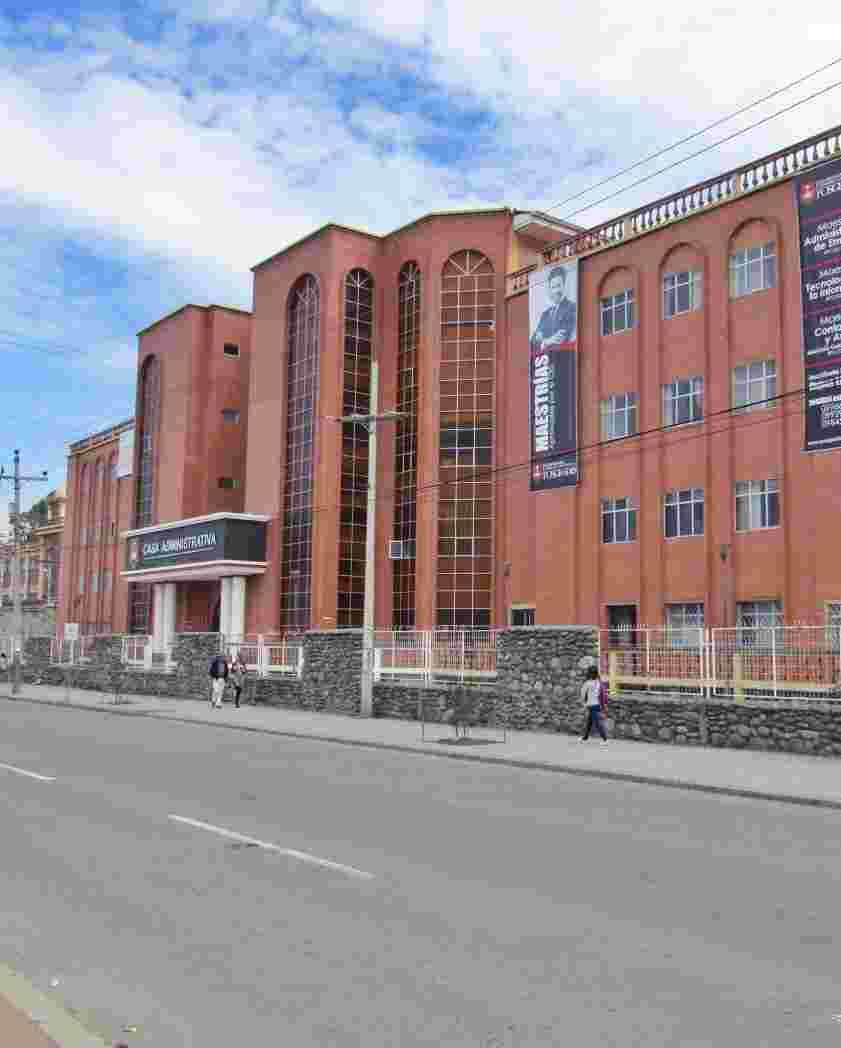Sede Azogues - Enfermería
URI permanente para esta comunidadhttps://dspace.ucacue.edu.ec/handle/ucacue/90
Examinar
Examinando Sede Azogues - Enfermería por Asesores "Cardenas, Lilia Azucena"
Mostrando 1 - 1 de 1
- Resultados por página
- Opciones de ordenación
Ítem Acceso Abierto Prevalencia y factores de riesgo en dificultad respiratoria del recién nacido en el hospital Homero Castanier Crespo, Azogues mayo 2024 – abril 2025(Universidad Católica de Cuenca., 2025-06-19) Cabrera León, Nayeli Lissbeth; Rocano Sanmartín, Yadira Marisol; Cardenas, Lilia Azucena; 0302495114; 0302502893; Cardenas, MelissaAccording to the National Institute of Statistics and Censuses (INEC by its Spanish acronym), respiratory pathologies accounted for 10% to 15% of neonatal deaths in 2020. Objective: To determine the prevalence and associated risk factors of neonatal respiratory distress syndrome (NRDS) at the “Homero Castanier Crespo” General Hospital in Azogues. Methodology: A descriptive, observational, cross-sectional, and retrospective study was conducted to determine the prevalence, risk factors, and treatments administered to neonates diagnosed with NRDS. The study involved the review of 296 anonymized medical records from the “Homero Castanier Crespo” General Hospital. Data were collected through a structured form containing the variables of interest. Results: The prevalence of neonatal respiratory distress syndrome over the five-year period was 15.07%. The average maternal age ranged between 25 and 26 years, with a mean gestational age of 36.25 weeks, an average birth weight of 2,690 grams, and a mean Apgar score of 7.8 at one minute post-delivery. Cesarean sections accounted for 65% of births, 54% of mothers were multiparous, and 54.05% were diagnosed with urinary tract infections. Premature rupture of membranes was absent in 94% of cases. Regarding the sex of the neonates, 66% were male. A statistically significant association was found between the Apgar score at one minute and fetal distress (p = 0.001). The treatments administered included oxygen therapy in 43% of cases, continuous positive airway pressure (CPAP) in 33.45%, and mechanical ventilation in 7.43%. Conclusion: The identified risk factors for neonatal respiratory distress included cesarean delivery, multiparity, maternal urinary tract infection, and male sex of the newborn. The most frequently administered treatment was oxygen therapy. Keywords: respiratory distress syndrome, prevalence, newborn.




